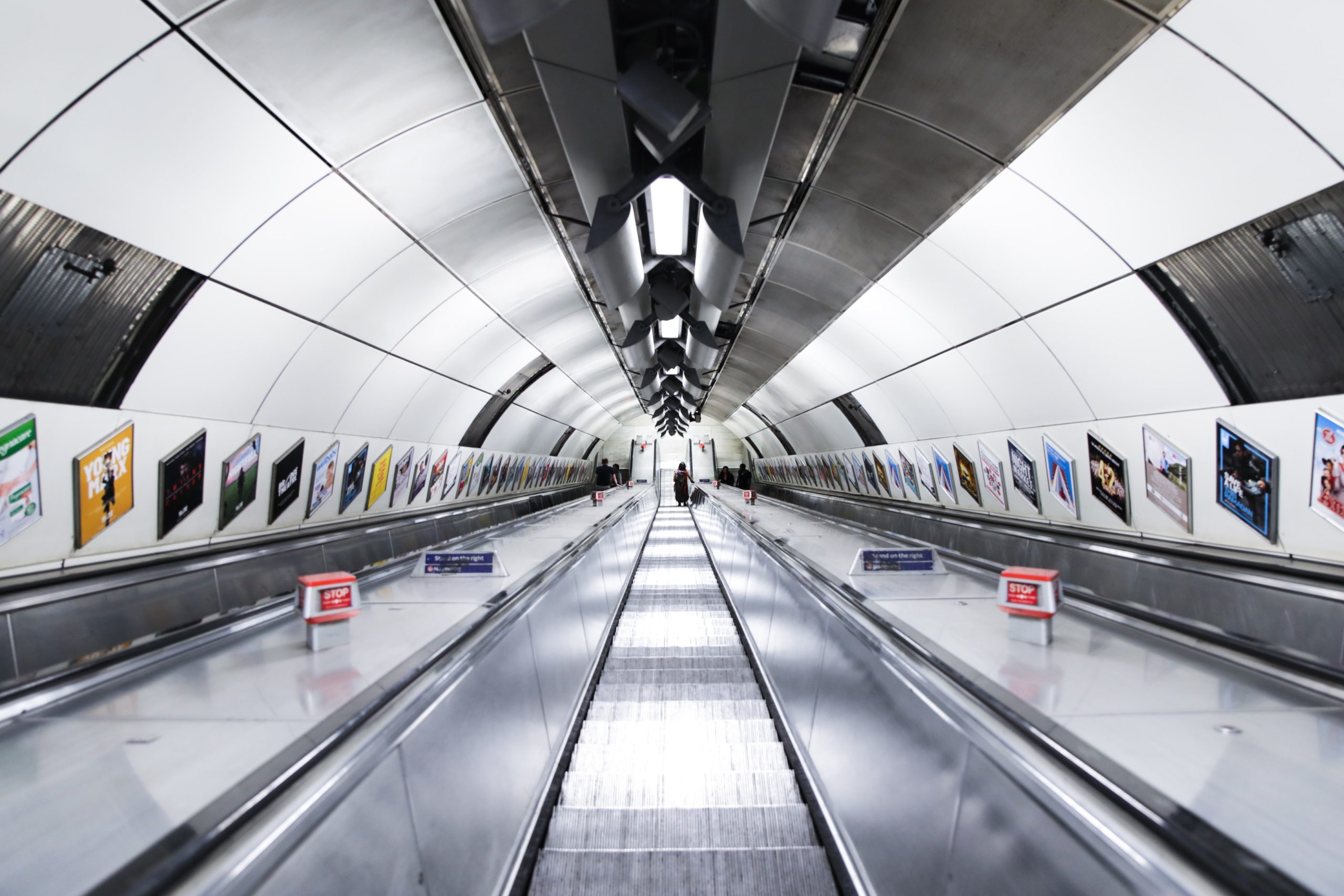Just how accessible is London?

It’s one of the world’s most important cities, with over eight million residents and over 30 million visitors every year. But just how accessible is London for those with limited mobility? And what can be done to improve the situation?
It’s true that the majority of London is well-served by its extensive transport system, especially when compared to small towns or rural areas in the UK. This doesn’t necessarily translate to being accessible, though. Here, we’ve looked at the most famous aspect of London’s transport system, its underground network, as well as its other options for getting around, to see whether our capital really does serve everyone that it should.
Tube and Overground stations
According to Transport for London (TFL), a quarter of tube stations and half of all Overground (that’s the orange line that covers the inner suburbs) have step-free access. That only equates to around 70 tube stations and just over 50 Overground stations, though, meaning the Underground and Overground maps are both severely reduced for those with mobility issues.
You can download a step-free tube map here.
When it comes to lifts, if you arrive at a station to begin your journey and the lift is out of order you have two options. Staff should either help you plan an alternative route, or if this isn’t possible, they should plan (and have TFL pay for) a taxi to help you get where you need to be.
Other Transport Networks
All of London’s buses have low floors, access ramps, and space for one wheelchair user. If needed, buses can also be lowered in order to decrease the distance from the pavement. All trams (mainly found in south London) are also accessible, as is the Docklands Light Railway (DLR) and the Emirates Airline in east London. The same is true of most piers.
London’s Transport Blackspots
According to data from the Office of National Statistics (ONS) the worst connected area in the capital is Biggin Hill is Bromley, in southeast London, whilst the best (and also top in the whole country) is Shadwell in Tower Hamlets.
According to separate research, the six least accessible boroughs by tube or bus are Havering, Hillingdon, Bromley, Bexley, Enfield and Richmond. All of these boroughs are on London’s outer edges.
What Resources Can Help?
AccessAble is an online resource that aims to provide information about whether the places you’re visiting are accessible, and how you can plan your days to make your life as easy as possible.
There’s an easy to download app, and on the website you can browse access guides for wherever you’re visiting to make your journey as easy as possible. There are over 18,000 venues listed for London, and you can find accessibility information on everything from Picturehouse Cinemas to individual shops, galleries and bars.
TFL Journey Planner
TFL’s Journey Planner gives the option to search using various accessibility criteria, including complete step-free access, step-free to platform only, and availability of escalators. You can also search for the routes with the fewest changes and the least amount of walking.
This tool, again from TFL, shows how well areas of the city are connected on a scale of 0 (the worst) to 6 (the best). The map divides the whole of London into tiny squares, meaning that a square that’s rated relatively low could be a few hundred yards from a well-served, accessible transport route. It’s a valuable tool if you’re planning to move job or home and need your transport links to be frequent and very close by.
At Premier Care in Bathing, we have been installing accessible bathrooms in London for many years, providing residents with solutions for their bathing. Learn more about our services to find out if you could benefit from walk in baths, showers or a wet room.

